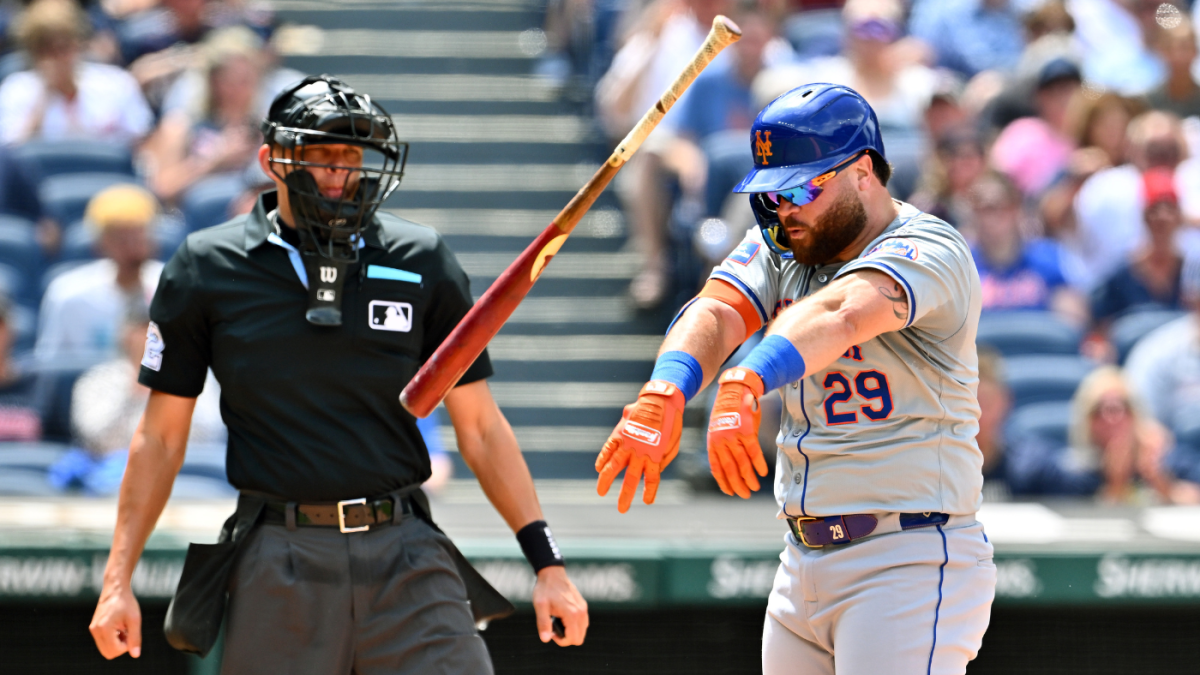Products You May Like

Major League Baseball commissioner Rob Manfred on Wednesday provided some specifics on what an automated ball-strike system (ABS) at the highest level might look like once that time comes. Via The Athletic’s Evan Drellich, Manfred said:
“There’s a growing consensus in large part based on what we’re hearing from players that the challenge form should be the form of ABS, if and when we bring it to the big leagues, at least as a starting point.”
As Drellich notes, this has been Manfred’s preferred path toward an ABS system in MLB for some time. It’s worth emphasizing that Manfred qualified his remarks with “if and when,” which suggests that the implementation of an ABS system in MLB is not immediately imminent. However, that Manfred is passing along semi-specifics does suggest it’s on the league’s radar.
The ABS system, which automates the calling of balls and strikes rather than rely on the human judgment of plate umpires, has been used for multiple seasons at various levels of the affiliated minor leagues, including Triple-A. In full-ABS games, all ball-strike calls are made by the Hawk-Eye system and relayed by the plate ump in the traditional manner. The ABS challenge system, however, still relies on the plate ump to make ball-strike decisions. The wrinkle is that teams can challenge specific ball or strike calls that they deem incorrect. Each team is given a limited number of “incorrect” challenges per game, which incentivizes judicious use of challenges. In the event of a challenge, the automated system is used to confirm or change the umpire’s call.
Here’s a look at the challenge system in action:
In some ways, the challenge system is a compromise between the traditional method of making ball-strike calls and the fully automated approach. That middle ground may make approval by the various stakeholders more likely to happen and may lay the foundation for full automation at some future point.
The strong trend, stretching across years, of increased pitch velocity in the big leagues has complicated the calling of balls and strikes, as has the emphasis on high-spin breaking pitches. Discerning balls from strikes has always been challenging, and the stuff of the contemporary major-league pitcher has made anything like perfect accuracy beyond the capabilities of the human eye. Big-league umpires are highly skilled, but the move toward ball-strike automation and thus a higher tier of accuracy is likely inevitable. Manfred’s Wednesday remarks reinforce that perception.
